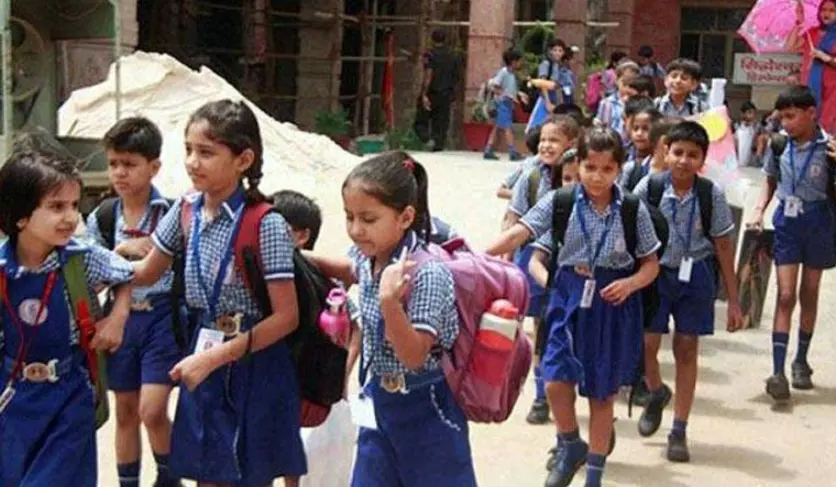‘Literacy rate up from 74% to 80.9% in 13 years’

New Delhi: India has recorded a steady rise in literacy, with the national rate climbing from 74 per cent in 2011 to 80.9 per cent in 2023–24, said Union Education Minister Dharmendra Pradhan on Monday. Pradhan, speaking on International Literacy Day 2025, noted that while the figures mark progress, the ultimate goal remains ensuring literacy becomes a lived reality for every citizen.
“Literacy goes beyond reading and writing. It is a means to dignity, empowerment and self-reliance,” Pradhan said during a virtual address. He underlined that the journey towards complete literacy must extend beyond statistics to genuine transformation in people’s lives.
The government’s flagship ULLAS–Nav Bharat Saaksharta Karyakram, launched to accelerate adult learning, has seen more than three crore learners and 42 lakh volunteers join its fold. Pradhan highlighted that 1.83 crore learners have already taken foundational literacy and numeracy assessments, with 90 per cent clearing the test. “The programme now provides material in 26 Indian languages, making learning accessible and inclusive,” he added.
The minister praised Ladakh, Mizoram, Goa, Tripura and Himachal Pradesh for achieving full literacy. Ladakh became the first Union Territory to reach the milestone in June 2024, while Himachal Pradesh joined the list of states in 2025, alongside Tripura, Mizoram, and Goa. “These achievements reaffirm the power of collective effort by governments, communities and volunteers,” Pradhan remarked.
This year’s International Literacy Day was marked under the theme “Promoting Literacy in the Digital Era”, spotlighting how technology is reshaping access to education and lifelong learning. Minister of State for Education Jayant Chaudhary observed that digital literacy has become an integral part of India’s broader literacy mission.
“India has set an example for the world, particularly the Global South, by creating robust digital public infrastructure that has accelerated education and inclusion. What could have taken fifty years has been realised in a decade through India’s digital innovations,” Chaudhary said.
According to the Constitution, a person is considered literate if they can read and write with understanding in any language. While this definition sets the basic threshold, both ministers pointed out that literacy today encompasses functional, digital, and lifelong learning skills.
Despite advances, global figures remain concerning. UNESCO’s 2024 reports reveal that around 739 million adults and young people worldwide still lack basic literacy skills, showing the challenge is far from over.
India’s progress is striking when viewed against its history. At the time of Independence in 1947, literacy stood at just 12 per cent. The 1951 Census recorded a modest rise to 18.33 per cent, with a sharp gender divide: 27.16 per cent of men were literate compared to only 8.86 per cent of women, a gap of more than 18 percentage points, according to the Press Information Bureau.
The 2011 Census marked a turning point, reporting a national literacy rate of 74.04 per cent—82.14 per cent for men and 65.46 per cent for women. Kerala led the rankings with 93.91 per cent, followed closely by Lakshadweep (92.28 per cent) and Mizoram (91.58 per cent). Bihar, however, recorded the lowest literacy at 63.82 per cent, trailed closely by Arunachal Pradesh (66.95 per cent) and Rajasthan (67.06 per cent).
Fresh data from the Periodic Labour Force Survey (PLFS) 2023–24, reported by The Economic Times, shows India’s literacy rate at 80.9 per cent for those aged seven and above. Yet, disparities persist: urban literacy is 88.9 per cent compared to 77.5 per cent in rural regions. Gender differences are also evident, with 87.2 per cent literacy among men and 74.6 per cent among women. States such as Bihar, Madhya Pradesh, and Rajasthan continue to lag, underlining that India’s literacy gains, though significant, remain uneven.
Experts believe the momentum reflected in the PLFS survey points to the possibility of bridging these divides with sustained interventions.



